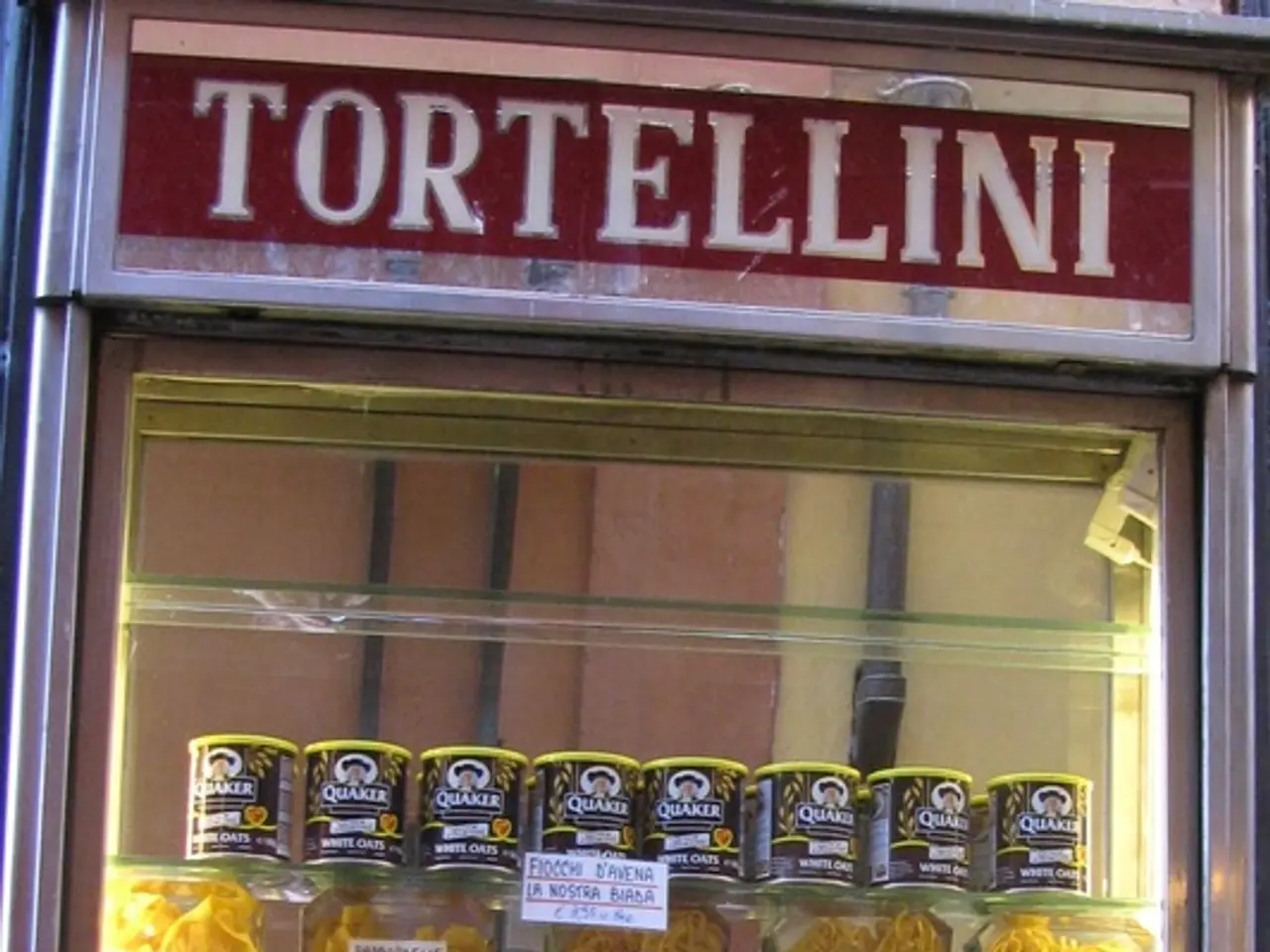Comprehending LEED Green Associate's Energy and Atmosphere Credit Aspect: Key Insights Revealed
In the world of sustainable building practices, the Leadership in Energy and Environmental Design (LEED) certification is a recognised benchmark. Let's delve into some of the strategies within this system, focusing on the Energy and Atmosphere (EA), Indoor Environmental Quality (IEQ), and Sustainable Sites (SS) categories.
The EA category, a cornerstone of LEED certification, emphasises energy performance, efficiency, and the use of renewable energy sources. One of the strategies within this category is Enhanced Refrigerant Management, which plays a significant role in reducing ozone depletion and minimising a project's contribution to climate change. This credit encourages the use of refrigerants with low Global Warming Potential (GWP) and Ozone Depletion Potential (ODP), as well as proper handling and disposal of refrigerants.
Refrigerants with high GWP and ODP can contribute to climate change and damage the ozone layer if they leak or are improperly disposed of. Therefore, Enhanced Refrigerant Management involves selecting refrigerants with low GWP and ODP, minimising refrigerant charge size, and preventing or detecting leaks.
Moving to the IEQ category, the Interior Lighting credit focuses on enhancing the indoor environment for occupants. This category aims to improve air quality, reduce pollution sources, and increase occupant comfort and well-being.
The Sustainable Sites category addresses strategies to minimise the impact of the building on the surrounding environment. One such strategy is Heat Island Reduction, which aims to reduce urban heat islands by using materials with lower heat absorption and implementing strategies for green roofs and vegetation.
Cooling Tower Water Use, while not a specific LEED credit, may be addressed under the Water Efficiency (WE) category. This category aims to reduce water consumption and increase water efficiency in buildings, which is crucial for sustainable urban development.
Understanding the focus and goals of each LEED credit category can help LEED professionals effectively navigate the certification process and implement sustainable strategies in building projects. By optimising energy performance, using renewable energy, enhancing indoor environmental quality, and minimising the impact on the surrounding environment, LEED-certified buildings contribute to a more sustainable future.





